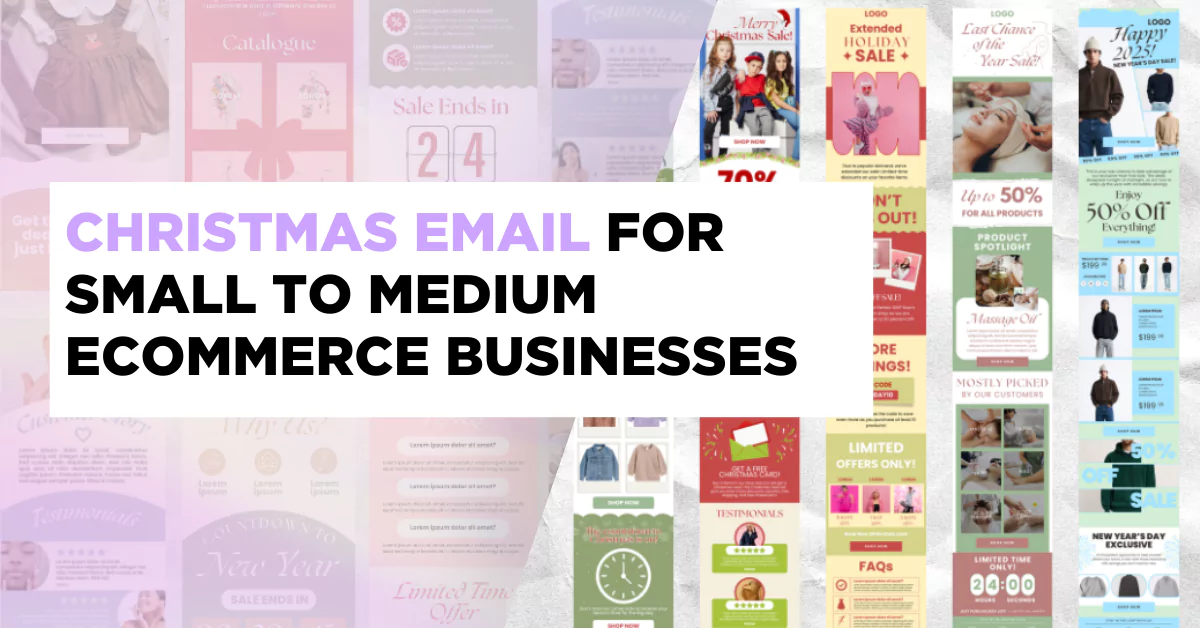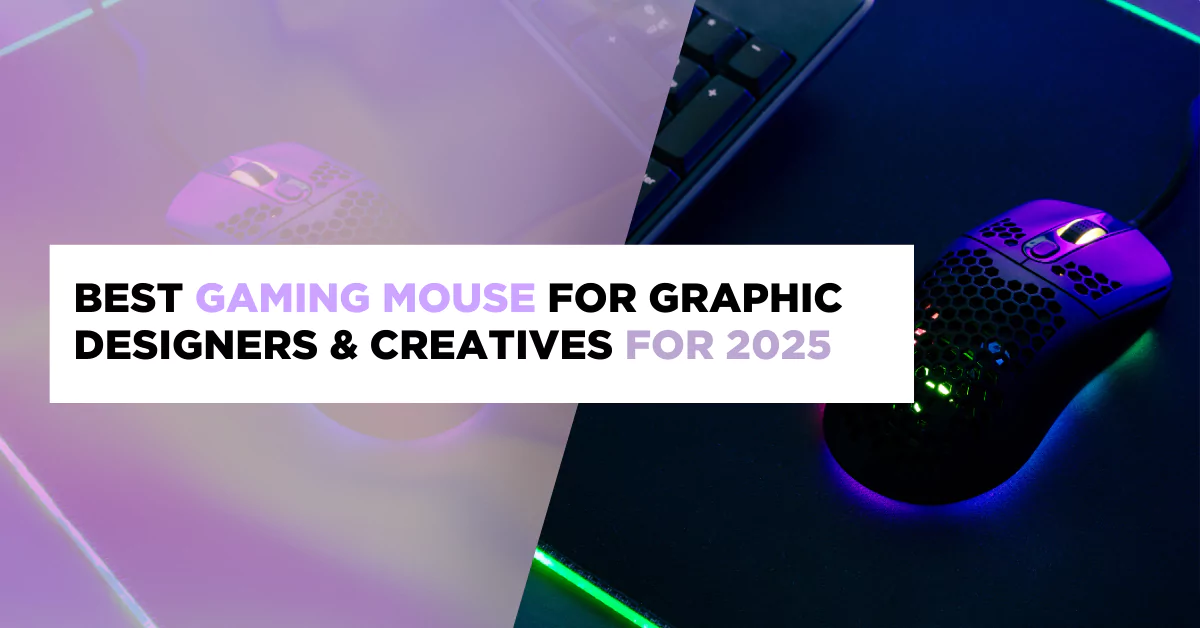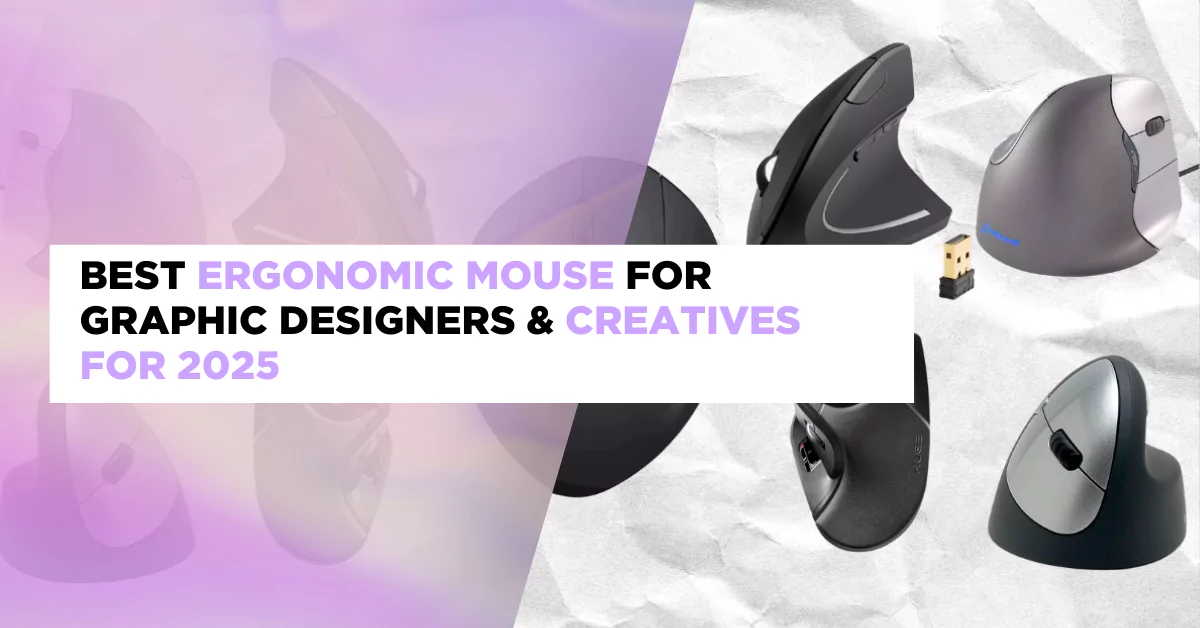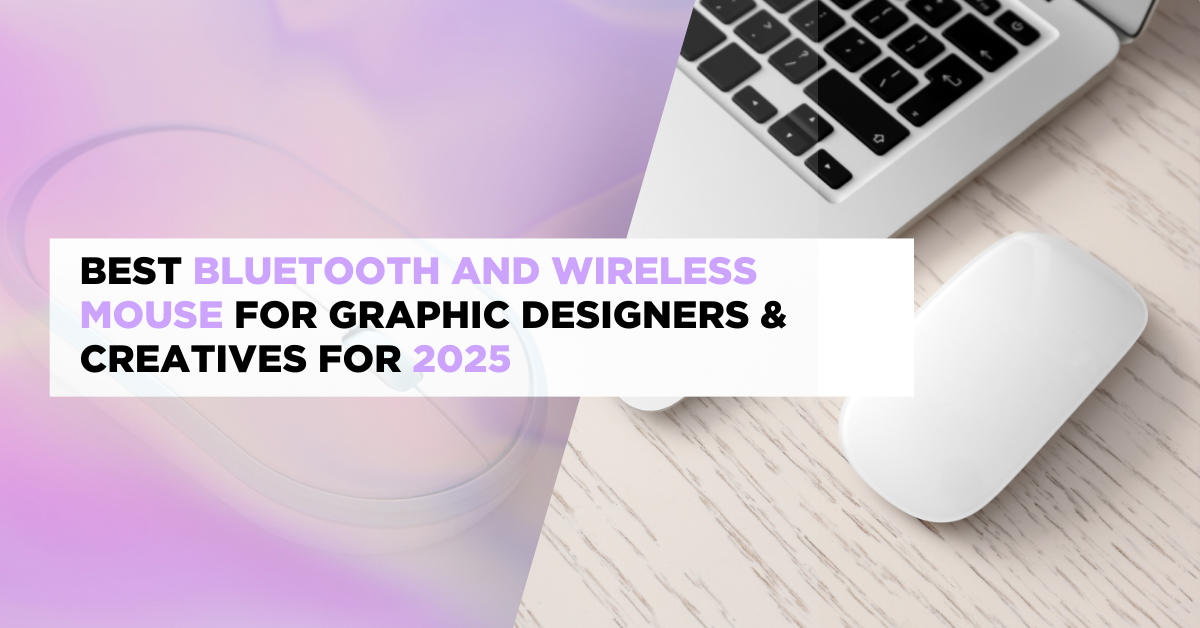
Top 10 Logo Design Trends to Watch in 2024
Why is Logo essential to your brand identity?
A logo is an essential aspect of your business. It serves many purposes, including grabbing attention, creating a memorable and strong first impression, establishing your brand identity, setting you apart from your competition, promoting brand loyalty, and meeting the expectations of your audience.
A well-designed logo is the foundation of your company’s branding and communicates your business’s vision to potential customers. Logos have a powerful symbolic meaning that can evoke memories and emotions in people. If your logo looks unprofessional, it can lead to mistrust regarding your ability to deliver quality products and services.
An effective logo should incorporate the latest design trends while staying true to the brand’s identity. Let’s take a closer look at how you can create logo designs for the upcoming year.
What are the key elements that are considered most important while designing a logo?
Color
Understanding the psychology of clients is crucial in graphic design, and colors play a significant role in it. Logos are no exception, as they need to convey certain emotions and feelings through their design. Each color has a unique significance, which you can use to influence branding. For instance, purple is an ideal color for creative businesses since it represents creativity.
The color of a brand sets the tone for its overall expression and can trigger strong emotions that can influence decision-making. Emotional connection is a crucial aspect of branding, and colors are a vital tool to achieve it. A logo alone cannot foster such a connection, but the right choice of colors can make all the difference.
Images

As a graphic designer, you possess the power to influence the emotions of your audience by carefully choosing and placing images that resonate with them. Images can evoke feelings, sell messages, and make them more memorable. When selecting an image, consider the message it conveys, its focal point, and how it relates to the content.
In the right context, images can clarify information, add meaning, and inspire associations that help viewers make connections. These insights into the power of images assist graphic designers in creating more effective and visually appealing designs for advertisements, brochures, PowerPoint graphics, social media posts, and more.
Typography

Understanding the characteristics of your brand or design project is critical for employing typography that conveys the appropriate personality. Typography plays a significant role in revealing whether your brand is playful, warm, secretive, edgy, youthful, polished, and so on.
In graphic design, bold and rounded typography is commonly used to portray playfulness and friendliness, while thin and nuanced letterforms exude sophistication and honesty. With a little effort, you can understand the personality of a typeface and determine whether it is suitable for your project.
Tagline

A tagline is a short brand statement that helps you make a lasting impression on the audience. It can attract attention and arouse curiosity in people to learn more about your company. When a tagline works well, the logo design usually creates a great brand identity. A great slogan can benefit a brand in many ways.
Above all, a tagline or slogan can be used in combination with logos and other brand graphics. It can be used for various purposes, such as online design and development, social media platforms, product packaging, t-shirts, mugs, business cards, and other brand products, among other things. Therefore, it can introduce your brand and encourage customers to do business with it.
What makes a good logo?
Simplicity
When it comes to logos, simpler is better. A complex logo is not effective and may not serve its intended purpose. The goal is to create a logo that is timeless, recognizable, and versatile. A complicated design is more difficult to remember, which decreases the chances of someone recognizing it later on.
Logos that rely heavily on gradients, fine lines, shadows, or too much color may become unclear and lose their integrity. The design you are working on should be able to be displayed in both color and black and white, and it should maintain its clarity even when scaled down to a small size. A good test is to see if it can still be identified when it is only one inch in size.
Memorable
Creating a strong and memorable logo is crucial for any business. A logo that leaves a lasting impression on customers makes it easier for them to remember your brand. With millions of logos out there, it can be challenging to come up with something unique and exceptional.
However, it’s essential not to overdo it and end up with a mark that is overly complex or has unnecessary components and effects, as it will only make it harder for customers to remember. Even in businesses with design standards, your logos should still stand out.
Versatility
A versatile logo should look good in any size and application and be practical in both horizontal and vertical formats. To create a versatile logo, you need to ensure that it works well in any situation where it will be used. When you attempt to reproduce the logo in smaller sizes, too many colors and elements can be lost.
The key to achieving versatility in your design is to create spaces that can adapt to different needs and purposes. Adding too many details to a logo can compromise its legibility. You can use these versatile logos across various ads, products, and services, ensuring they can be reproduced in different sizes.
Appropriate
When designing a logo, it is important to consider its appropriateness for the intended target audience. A well-designed logo has the power to communicate a message without the need for words. It should evoke emotions such as trust, pride, excellence, and integrity.
Being able to quickly and instinctively recognize what is appropriate for each project will help you work more efficiently. However, what is considered appropriate may vary depending on the specific situation. The idea is to always consider other people’s viewpoints—how this will affect others when they see your logo. Always consider your options before acting. This is when your experience comes in handy.
Uniqueness
Having a unique and creative logo design is crucial for setting your business apart from your competitors. It can be challenging to establish a brand identity without an eye-catching logo. Therefore, it is important to avoid creating a knockoff of other well-known firms or competitors’ logos.
Instead, strive to create something that stands out from the logos that are presently popular in the industry. Your logo design should not only be unique but also demonstrate innovative use of colors, typefaces, and other components. The designer should think imaginatively to create an outstanding and clean design that conveys a company message effectively.
2024’s Must-Watch Trends in Logo Designs

Simple shapes and geometry
Geometric shapes, such as mathematically precise squares, perfect circles, and isosceles triangles, are typically thought of as human-made and not found in nature. However, incorporating these types of shapes into logo design communicates a sense of order and power. In 2024, basic shapes such as triangles, squares, dots, and lines will continue to be popular in logo design due to their ability to create visually appealing and recognizable logos.
Simple shapes convey balance, harmony, and professionalism, but it’s important to note that a well-designed logo with geometric shapes should also have meaning. For instance, iconic brands like Microsoft with its four-paneled window or Adidas with its three iconic stripes have used simple geometric shapes effectively to create memorable logos.
Dynamic Animations for Enhanced Engagement
Motion design has been recognized as one of the leading trends this year. Animated elements have become an integral part of powerful design by providing innovative and fresh solutions. Animation is applied to various UI components of digital products as well as other graphic materials. Animated logos have become a popular asset for marketing and brand identity.
You can transform static logos into something new and unique. Many brands now share animated versions of their logos with the world as an effective promotional tool. Animated logos help to increase brand awareness, improve storytelling, and create an original image for a brand. They are a modern and dynamic way to present a brand, making it more memorable and recognizable.
Wordmark logos with a vintage style
Vintage-style wordmark designs are expected to be a big hit in 2024. It provides a traditional and timeless touch to your brand. Vintage logos are very trendy right now because symmetrical designs, geometric shapes, and rich color variations that evoke a nostalgic sense greatly impact them. Moreover, vintage styles can be adapted to complement flat and minimalistic design trends.
A logo is a crucial element of a company’s brand identification, and it should be created to last for years without the need for updates or changes. A timeless logo will not only last longer, but it will also be more recognizable and memorable. Creating a retro-styled logo can visually transport us to a specific era, making it an effective tool for artists to revive innovative trends of the past.
Twisted Typography
In this logo design trend, letters are stylized to resemble objects, lines, or waves. The logos created with this trend have a timeless and contemporary look due to the innovative use of typography. This trend is likely to continue for many years, as brands need to stand out and look distinctive to attract people’s attention.
This design approach combines distorted lettering with a simple business logo design in order to draw attention to it through a fresh interpretation of the letters. As a result of these evolving trends, many logos today feature warped typography, both in wordmarks and letter marks, across all businesses.
Neumorphism: Interactive and Touchable Logos
Neumorphism, also known as Soft UI, is a design movement that mixes skeuomorphism and flat design concepts. It focuses on designing interfaces that look like tangible items and are realistic and haptic. Neumorphic designs often use subtle shadows and highlights to create a smooth, three-dimensional look.
Neumorphism UI design provides users with a visually engaging and simple experience. The realistic features and soft shadows give a sense of familiarity, allowing users to explore and engage with the interface more easily.
This design approach can improve your website’s or application’s general usability and accessibility. Neumorphic designs are excellent at building visual hierarchy and directing users’ attention to important features. You may efficiently direct users through a design by utilizing shadows, highlights, and depth.
Simple Shapes and Geometry in Logo Design
Shapes are the foundation of any design. As a way of learning new things, our brains are programmed to recognize and memorize shapes. That is why creating strong shapes is simpler to remember and makes a lasting impression. It all comes back to patterns, just like any other aspect of logo design.
We’re used to seeing patterns in our environment, whether they’re color and font pairings or additional elements of design matched with forms, and attributing meaning to them based on previous experiences. As a result, using different shapes in your logo design might help you create a stronger emotional and psychological connection between your business and your clients. It’s important to understand what each shape says about your company.
Subtle Hues and Gradient Effects.
Muted colors also help to your logo’s timeless and enduring impression. By using soft colors, you are also less likely to overshadow other design elements or compete for attention, allowing the logo’s form, typography, or other graphic elements to take center stage.
The use of soft, pastel hues and unsaturated tones creates an understated beauty that conveys sophistication and subtlety. You’re engaging your audience in a conversation about your business by using a gradient logo. You’re telling people that you’re unique, that you have grit, and that you’re not scared to make risky decisions—both as a brand and as a business.
Doodles and Sketches
The doodle logotype is among the few that help make your visual emblem recognizable because of its distinct appearance. To make your logo more memorable and recognized by the general public, you must be very careful of how it appears to them.
Doodles are frequently seen in industries such as arts and crafts, creative services, children’s items, and businesses aimed at a young and cheerful audience. Doodles give designs a lively and hand-drawn look. These funny designs can add a feeling of inventiveness and personalization to your brand, making it appear approachable and personable.
They’re popular among businesses and groups that seek to project a pleasant, welcoming, or artistic attitude.
Simplicity is still the Key.
Less is more is a concept that shows that when compared to complexity and excess, simplicity and minimalism can frequently lead to better outcomes or impacts for your produced logos. A more impactful visual experience can be achieved with minimal design.
Less is more exemplifies clarity by stressing simplicity and removing unnecessary features. By removing clutter and distractions, the basics of a design become more visible and easier to understand. This method of communication enables the straightforward communication of ideas, messages, and operations.
Art Deco
Art Deco is a popular design style that emerged during the 1920s and 1930s. This style is characterized by the use of sleek geometric or stylized forms and man-made materials. The Chicago Mercantile Exchange is a perfect example of Art Deco architecture. Art Deco is known for its admiration of modern shapes, progress, modern materials, and lavish exuberance, which perfectly represented the blossoming postwar America. This enticing advancement was well-reflected in the Art Deco style, which is elegant, dazzling, and delightfully conflicting.
Wrapping Up
As we look forward to 2024, logo design is evolving to combine innovation with history in a tasteful manner. The upcoming trends, such as interactive neumorphism and minimalist geometrics, reflect the dynamic nature of design and promise an exciting year for companies and their visual identities. Designers can now create logos that connect with people and stand the test of time by incorporating these patterns.




